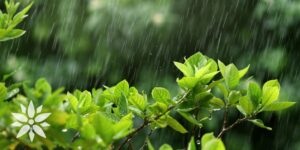With Florida’s rainy season well and truly upon us, it can sometimes feel like the wet will never stop. However, though we may not all be fans of our rainy season, many of our favorite plants sure are, and with our unique climate characterized by heavy rainfall and a diverse range of moisture-loving native plants, South Florida is an ideal location for planting a rain garden! These gardens offer a practical solution for conserving water, reducing stormwater runoff, filtering pollutants, replenishing groundwater, and providing habitat for local wildlife, not to mention they’re downright gorgeous. So, let’s explore the beauty and benefits of rain gardens in a bit more detail!
How Does a Rain Garden Work?
Rain gardens play a vital role in promoting ecological balance and sustainability. By capturing rainwater runoff, these gardens prevent excess water from entering storm drains and nearby water bodies, reducing the risk of flooding and the transport of pollutants into natural ecosystems. The plants within rain gardens then act as natural filters, purifying the captured water as it soaks into the soil. This filtration process removes sediments, nutrients, and contaminants, ultimately helping to protect the quality and cleanliness of groundwater.
Moreover, planting rain gardens helps create microhabitats that support local wildlife, including birds, butterflies, and beneficial insects. Native plants attract pollinators and provide food and shelter for these creatures, fostering a biodiverse ecosystem within your garden. As a homeowner, embracing rain gardens also allows you to actively conserve water while enjoying a breathtaking garden, the best of both worlds!
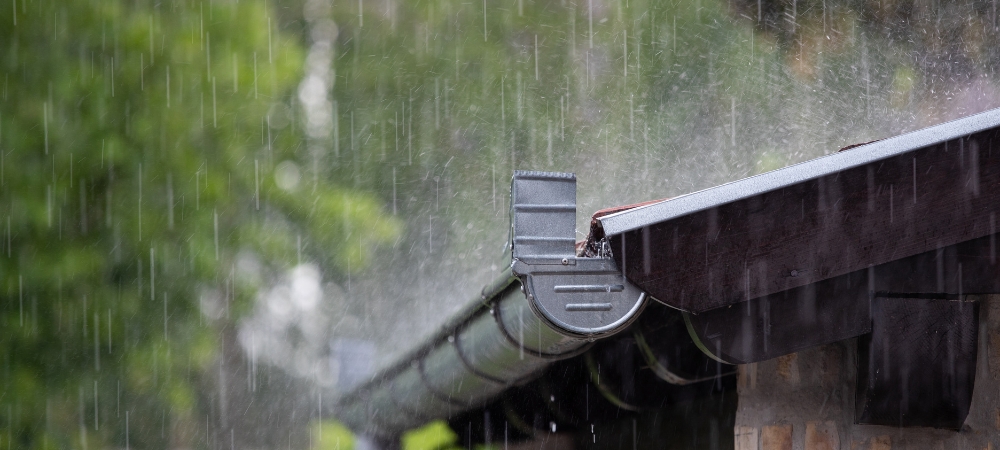
Plants that Thrive in South Florida Rain Gardens
Here are a few of our favorite South Florida natives that absolutely thrive in the high-moisture conditions of rain gardens:
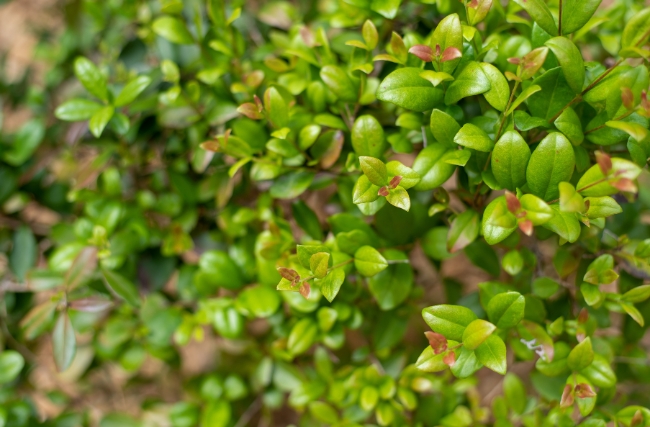
Simpson’s Stopper
A popular shrub native to South Florida, Simpson’s Stopper exhibits glossy, dark green leaves and clusters of fragrant white flowers. This versatile tropical native adapts well to the wet conditions of rain gardens and can tolerate different soil types. It thrives in full sun to partial shade and benefits from occasional pruning to maintain its shape. Simpson’s Stopper attracts birds and butterflies, adding beauty and wildlife interest to your rain garden and making it a no-brainer addition.

Firebush
Firebush is a striking native shrub with tubular, orange-red flowers that make it an absolute hummingbird and butterfly magnet. This drought-tolerant plant can grow in various soil types and thrives in partial to full sun exposure. After planting, regular pruning helps maintain its compact shape and encourages continuous blooming throughout the year.
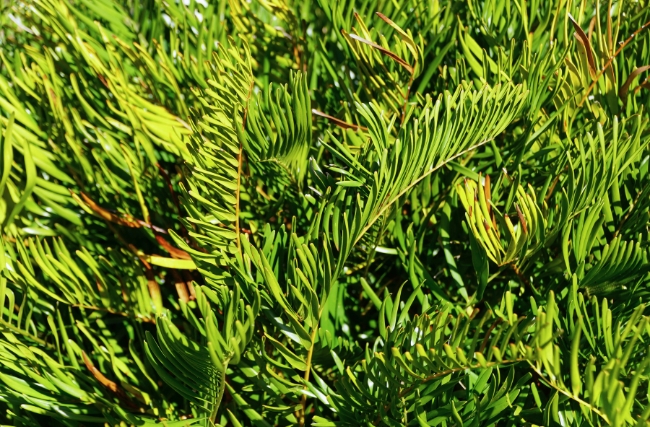
Coontie Cyad
Coontie is a resilient, native cycad that thrives in our unique South Floridian climate. Coontie is well-adapted to both flooding and drought conditions, making it an excellent choice for your rain garden, while its attractive fern-like fronds create an enchanting atmosphere in any landscape. Coontie also serves as a host plant for the endangered Atala butterfly, contributing to the conservation of this beautiful species. Plant your coontie in an area of your rain garden with well-draining soil and full to partial sun exposure.
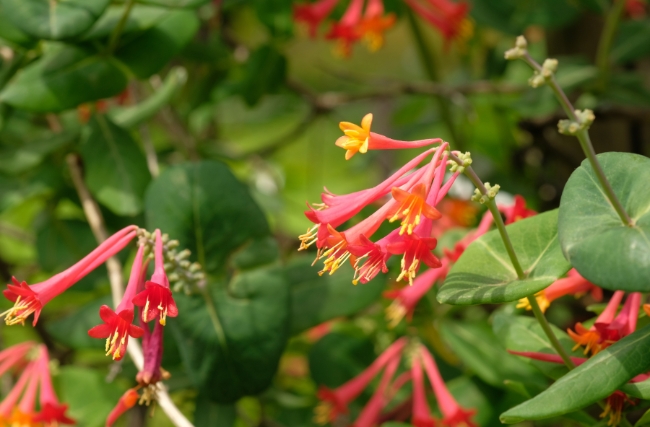
Coral Honeysuckle
A versatile climbing vine that will add a vibrant touch to your rain garden. It features tubular, coral-colored flowers that attract hummingbirds and butterflies, providing a cascading display of color and wildlife activity to any vertical elements of your space. This hardy vine thrives in full sun to partial shade and adapts well to various soil types. Following planting, prune your coral honeysuckle regularly to control its spread and encourage a bushier growth habit.
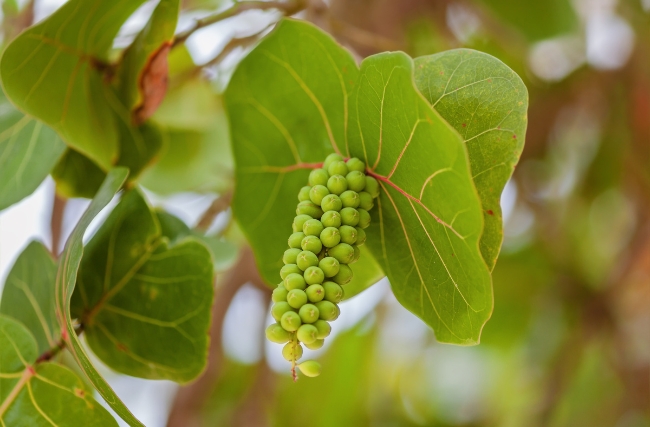
Seagrape
This popular native tree thrives in South Florida’s rain gardens. With its large, round leaves and leathery texture, Seagrape provides your space with both ample shade and a luxurious tropical aesthetic. This tree is exceptionally tolerant of salt spray and periodic flooding, making it a resilient choice for planting in gardens near coastal areas. Seagrape prefers full sun to partial shade and can adapt to various soil types, including sandy and loamy soils. Regular pruning helps control its size and shape while encouraging healthy growth.
Planting a rain garden creates a sustainable oasis in your own backyard while nourishing a vibrant and captivating garden that brings joy to both you and the local wildlife. For help sourcing everything you’ll need to plant your own South Florida rain garden, visit us at Living Color Garden Center in Fort Lauderdale, FL, today!
